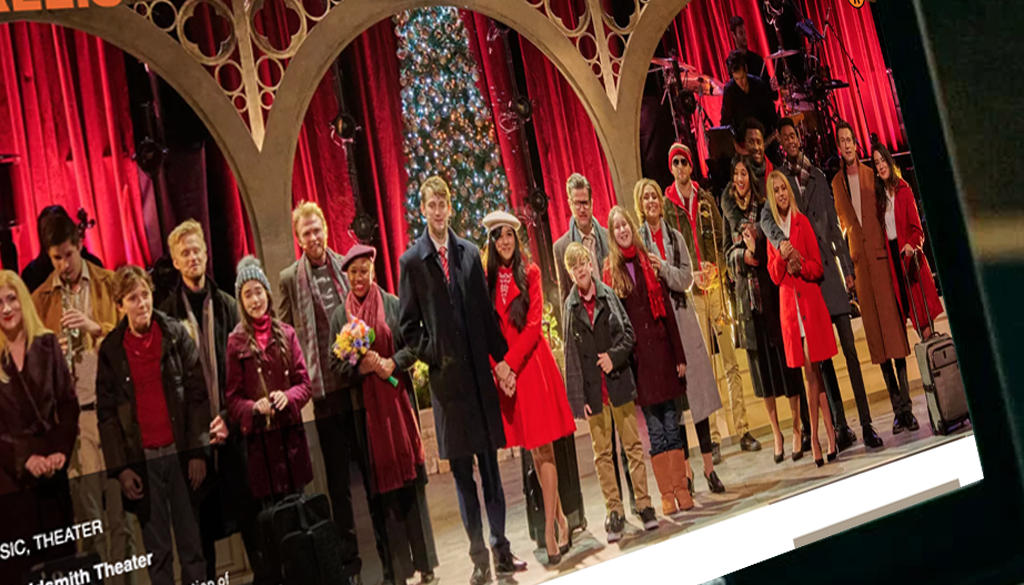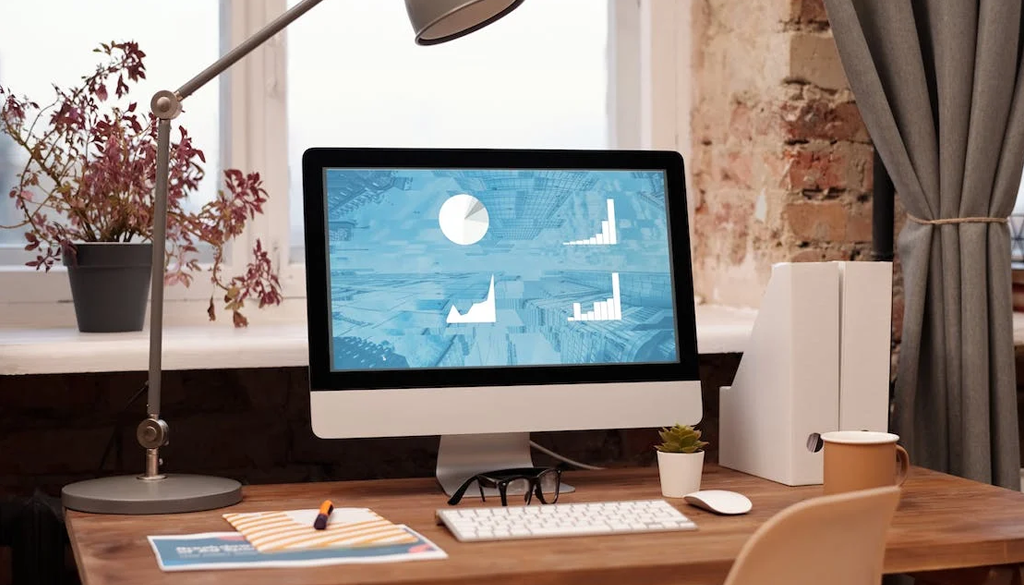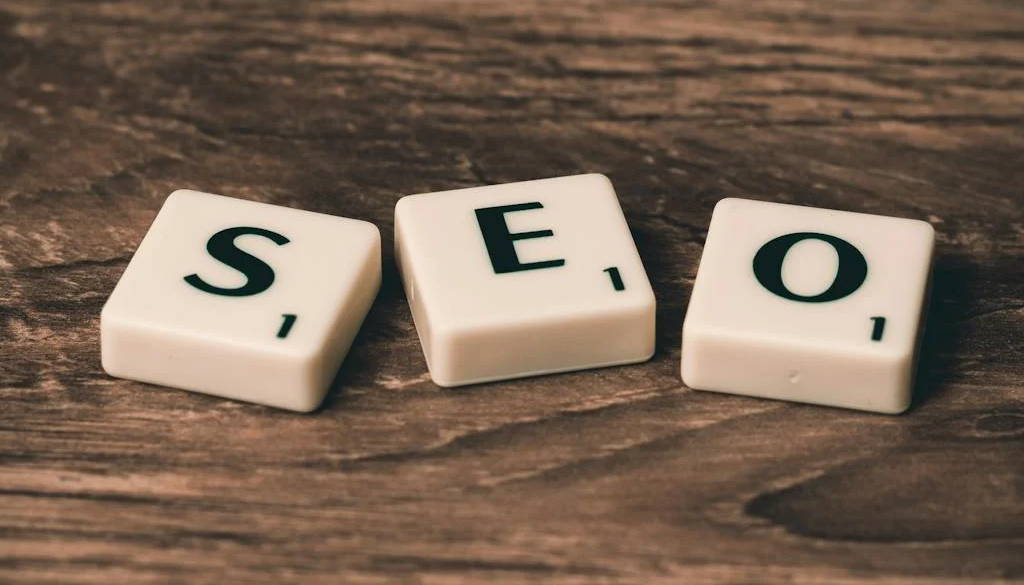The promotion of art in the digital landscape is as ever-changing and challenging as the creation of art. Artistic expression has moved to the digital sphere, and an optimized online presence is crucial for artists, galleries, museums, and other creative institutions.
Designing and maintaining an optimized website takes time and effort, especially for those with limited technical skills or resources. We will discuss some quick ways to maximize your art website in a pinch while maintaining the quality of your online presence. Whether you are an established artist looking to revamp your website or a new gallery trying to make a mark, these tips will help you stand out in the competitive digital world.
Your art website is the cornerstone of your online presence, and it must showcase your work in the best possible light while making it easy for visitors to find and engage with you.
Art websites should, at the minimum, feature high-quality images, audio, and videos of the artwork or performance, artist bios and statements, upcoming events and exhibitions, related topics and reviews, event archives, media connections and reviews, and contact information for inquiries or purchases. Some may also have e-commerce capabilities, allowing visitors to purchase artwork or tickets online directly.
An optimized, easily navigable, and well-designed website is essential for reaching a wider audience and standing out among competitors.
Art websites should also serve as a platform for networking and collaboration within the arts community. By connecting with other artists or organizations through your website, you can expand your reach and potentially open up new opportunities for growth and creativity.
Importance of Website Optimization
By optimizing your website, you can improve search engine placement, increase visibility, and attract more visitors to your website. More visitors, in turn, open up new revenue generation and growth opportunities.
An optimized website can save you time and resources in the long run. By implementing specific optimization techniques, your website will load faster, be more user-friendly, and have a better overall performance, reducing the need for constant maintenance and updates.
But where do you start? Optimizing your website is easier than you think. By following simple tips, including compressing images, using responsive design, simplifying navigation, utilizing SEO techniques, optimizing for speed, and regularly maintaining your website, you can stand out from the crowd and attract more visitors than ever.
Quick and Easy Ways to Optimize Your Arts Website
Here are some quick and easy ways to optimize your art website in a pinch:
-
-
- Optimize images, audio, and video: High-quality images are essential to any art website but can also slow down the loading speed. To optimize your images, compress them to reduce file size without compromising quality by converting them to Webp. For videos and audio, try to use streaming services.
- Use responsive design: With most people utilizing mobile devices to access your website, a design that adjusts to different screen sizes is crucial. Responsive design means your site looks good and functions well on all devices.
- Simplify navigation: Make sure your website has straightforward and intuitive navigation so visitors can easily find what they are looking for without getting lost or frustrated.
- Utilize SEO techniques: Implementing search engine optimization (SEO) techniques can improve your website’s visibility and ranking on search engines, making your site more accessible to audiences. Research relevant keywords and use them in your website content, titles, and descriptions.
- ADA Compliance: If your site design works well for people with disability, it will increase and improve your Search Engine Placement. Because WCAG and ADA compliance require you to make every aspect of the site understandable to a more diverse group of people, it will also make it more SEO-friendly.
- Optimize for speed: A slow-loading website can deter visitors and hurt your search engine ranking. Optimize your website’s loading speed by minifying, caching, minding the load order, and choosing a reliable web hosting service.
- Regular maintenance: Keep your site up to date by adding new content, updating existing content, and fixing broken links or errors regularly. Continual upgrades and maintenance will improve user experience and show visitors that your website is active and relevant.
- Utilize social media: Use social media to promote your website and reach a wider audience. Share links to your website, engage with followers and collaborate with other artists or organizations through social media.
- Include call-to-action buttons: Encourage visitors to act by including clear and prominent buttons on your website, such as “Buy Now” or “Contact Us.”
-
Benefits of An Optimized Arts Website
Implementing website optimization strategies improves your site’s visibility and user experience, reduces maintenance and modification costs, and contributes significantly to achieving your business goals by attracting qualified traffic and improving conversion.
Optimizing your website increases your conversion rate by making navigation and interaction with your website more intuitive and satisfying. A well-optimized website will rank higher in search engine results, leading to improved visibility and organic traffic.
By ranking higher in SERP for relevant keywords and improved conversion, Art websites can see increased sales and leads due to higher visibility and click-through rates from their target audience.
Continuously testing and experimenting with your website, such as AB testing, CTA buttons, layouts, and social sharing placements, can lead to optimizations that improve conversion and the overall effectiveness of your message.
A good optimization strategy complements other digital marketing efforts like content, video, and social media, making your overall strategy more robust and effective. By achieving high rankings in search results, SEO reduces the need for paid advertising and marketing expenses, allowing for more sustainable long-term traffic.
Better optimization allows you to target keywords specific to different segments of your audience and their intents, ensuring you reach a much wider group of potential customers at every stage of the buying funnel.
Tips for Creating an Optimized Art Website
Here are some tips to help you create a stunning and practical arts website:
-
-
- Choose the right platform: Many website builders and content management platforms are available, but not all may suit your needs. Research and compare different options before deciding the best fit for your goals and budget. Ensure the site builder has everything you need for promotion, not just hype. Allowing you to add your meta tags and canonical URLs has yet to make Wix the solution to SEO; far from it; they still have a long way to go.
- Include an events or exhibitions section: If you regularly participate in art shows or exhibitions, include a section on your website for upcoming events. Make sure these events are displayed to the general audiences but conveyed as data to search engines, keep visitors informed, showcase your brand, and ensure the exposure of your events on search engines.
- Include visual queues: Whether adding audio, video, and appealing images or a call to action, ensure they are visually attractive and available to your audience. A purchase button on top of the page is much more helpful than one buried deep at the bottom.
- Create a visually appealing design: Your website should reflect your brand or style and showcase your artwork in the best possible light. Make sure to use high-quality images, a clean layout, and visually appealing fonts and colors.
- Please keep it simple: A cluttered website can be overwhelming for visitors. Keep your design and content concise and streamlined to ensure a positive user experience.
- Foster engagement with the art and artist: Use your website to share your story, inspiration, and artistic journey. For each piece of art, make sure they understand how or why behind the artwork.
- Keep the engagement enjoyable: Simplicity is kindness because it can help visitors connect with you and your work more deeply.
- Incorporate social proof: Share customer testimonials, reviews, or awards on your website to build trust and credibility with potential clients or visitors.
- Make it easy to contact you: Include a clear and easily accessible contact page on your website with multiple ways for visitors to contact you, such as email, phone, or social media.
-
By following these tips and continuously updating and optimizing your website, you can create a stunning online presence that effectively showcases your art and helps you achieve your business goals. So don’t underestimate the power of an optimized arts website – it can be a valuable asset for any artist or arts-related business.
Which SEO Tools Can Help Optimize Your Arts Website?
There are numerous SEO tools available to help you optimize your art website, but here are some popular and efficient ones:
-
-
- Google Analytics: This free tool from Google helps you to track and analyze user behavior, website traffic, and other valuable data that can inform your optimization efforts.
- SEMrush: This comprehensive tool offers keyword research, competitor analysis, and site audit features to improve your website’s SEO performance.
- Yoast SEO: This plugin for WordPress websites provides guidance and suggestions for optimizing on-page content, meta descriptions, and more.
- Moz Pro: With various tools such as keyword explorer, link explorer, and site crawling capabilities, Moz Pro can help you improve your website’s search engine ranking.
- Ahrefs: This tool offers many features, including backlink analysis, keyword research, and content exploration, to help you optimize and track your website’s SEO progress.
-
The key to successful optimization is monitoring and adjusting your techniques based on data and results. Utilizing these tools can greatly assist in optimizing your art website and improving its visibility and performance on search engines.

FAQs
What is the role of SEO strategy in optimizing an arts website?
SEO (Search Engine Optimization) strategy is crucial in optimizing an art website. It uses keyword research, meta description optimization, structured data, content planning, collateral planning, and blog post creation to improve the site’s visibility on Google SERPs (Search Engine Results Pages). Added visibility will increase traffic to the site, leading to higher engagement and potential sales.
How does media optimization contribute to the performance of an art website?
Media (image, audio, and video) optimization is essential for enhancing the performance of an art website. High-quality images that are correctly optimized can load faster on web pages, providing better user interaction and experience. Optimized media are more likely to appear in search engines, which attracts more visitors to your site.
Why are meta descriptions important for art blog articles?
Meta descriptions are summaries that appear in the head section of a web page under the title. They are essential for art sites because they give potential readers a quick overview of the content. The meta description can entice users to engage, driving more traffic to your site.
What is mobile optimization, and why is it essential for art websites?
Mobile optimization ensures your site performs well on mobile devices like smartphones and tablets. Given the increasing number of people who browse the internet on their mobile phones, art websites must be mobile-friendly. A mobile-optimized site can improve user experience, increase time spent on your site, and boost your rankings in Google SERPs.
Conclusion
In conclusion, optimizing your art website is crucial for success in the digital age. These quick and easy tips will improve your website’s performance, reach a wider audience, and enhance your online presence.
Update and maintain your website regularly, utilize social media and other marketing techniques, and continuously seek ways to improve user experience. Your optimized website can be a powerful tool to showcase your artwork, connect with potential clients or visitors, and expand your opportunities in the art world. Happy optimizing! So, don’t wait any longer – start working on your website today and reap the many benefits it can bring.
Dream Warrior Group, a Los Angeles-based web design and digital marketing Company, provides solutions for your online marketing needs. Our expertise includes Search Engine Optimization (SEO), Social Media Posts and marketing, and Google PPC campaigns. Call us now at 818.610.3316 or click here.


